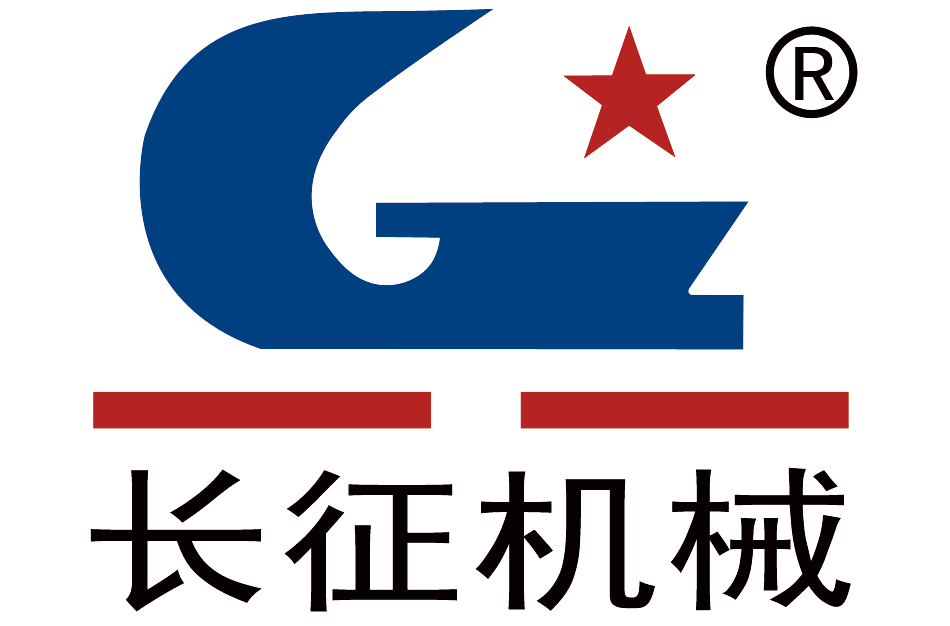21
2023
-
12
Analysis of the structure type of rotary dryer
In the rotary dryer, according to the different direction of flow of wet material and hot gas, it can be divided into two forms: downflow and counterflow. As shown in the figure below, when the flow direction of wet material and hot gas is the same, then it is the downflow dryer; when the flow direction of wet material and hot gas is exactly opposite, then it is the counterflow dryer.
In the rotary dryer, according to the different direction of flow of wet material and hot gas, it can be divided into two forms: downflow and counterflow. As shown in the figure below, when the flow direction of wet material and hot gas is the same, then it is the downflow dryer; when the flow direction of wet material and hot gas is exactly opposite, then it is the counterflow dryer.
For the downflow dryer, in the feeding end, the wet material and the higher temperature hot gas contact, drying rate is very fast, and in the discharge end, because the wet material has been dried, the wet material temperature will rise, and the gas through the heat transfer to the wet material after the temperature drop, at this time, the wet material and the temperature difference between the hot gas is small, so the drying rate is very slow, so the drying rate is not uniform throughout the cylinder of the downflow dryer. Countercurrent dryer of the feed end of the wet material is in contact with the low-temperature gas after heat exchange, in the discharge end of the wet material is in contact with high-temperature gas, so the drying rate of the whole cylinder is more uniform.
When choosing the downstream operation of the dryer, it should be considered according to the specific conditions, such as the characteristics of the material, the particle size, the requirement of the final moisture of the material, and the arrangement of the workshop. In the cement plant, both operation methods are used, with the majority of downstream operation, its main features are as follows:
1. In the hot end of the dryer, the temperature difference between the material and the hot gas is large, the heat exchange process is rapid, and a large amount of water is easy to be evaporated, which is suitable for the material with high initial moisture.
2. After viscous material enters the dryer, due to the surface moisture is easy to evaporate, it can reduce the bonding, which is favorable to the movement of materials. When it is used to dry wet coal, it can avoid the fire caused by the direct contact of high temperature gas with dry coal. When used for drying slag, it can avoid the contact of high temperature gas with the dried slag and reduce its activity.
3. The negative pressure at the hot end of the downstream operation is low, which can reduce the amount of air leakage into the drying, and is conducive to stabilizing the temperature and flow rate of hot gas in the dryer.
4. The material and coal supply are located at the hot end of the dryer, and the workshop arrangement is convenient.
5. The temperature of the material discharged from the dryer operated in the downstream is low, and it can be transported by the belt conveyor in general.



